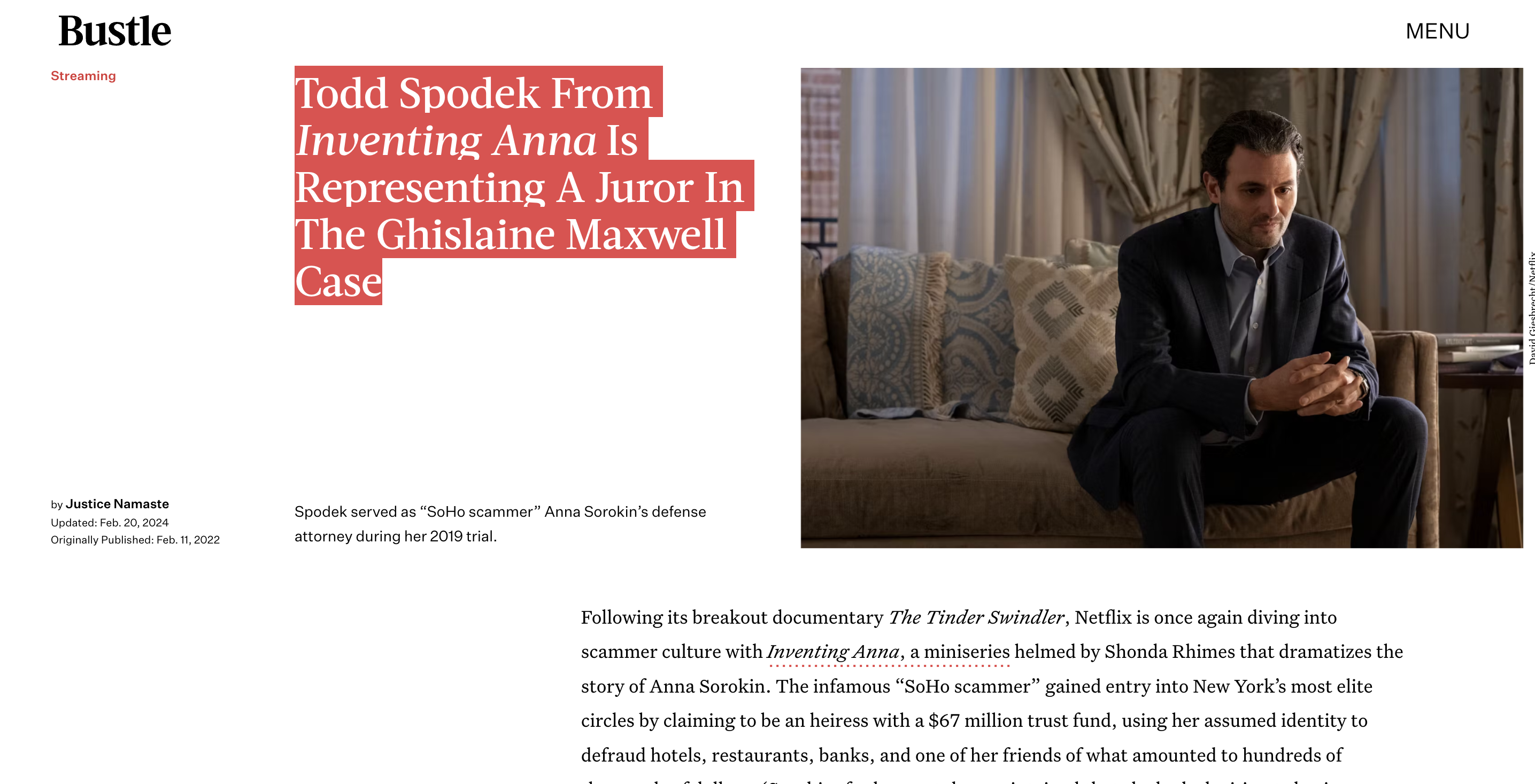Blog
Using Jury Instructions to Your Advantage in a Counterfeiting Trial
Contents
Using Jury Instructions to Your Advantage in a Counterfeiting Trial
Counterfeiting cases can seem daunting to defend, but paying close attention to the jury instructions can provide opportunities to argue your case more persuasively. Here’s an overview of how to use jury instructions to your advantage if you’re defending a counterfeiting case.
Understand the Elements of Counterfeiting
The first step is knowing what exactly the prosecution has to prove. The jury will be told they must find certain “elements” of counterfeiting beyond a reasonable doubt. This typically includes:1
The defendant made, or attempted to make, a counterfeit obligation or security.
The defendant did so with intent to defraud.
The prosecution has to prove both elements. If they fail on either one, you win. So scrutinizing the instructions on these elements can reveal opportunities.
For example, what qualifies as a “counterfeit” obligation or security? How good does the fake have to be? Understanding the case law behind the jury instruction can help you argue whether your client’s conduct actually meets the definition.
Look for Missing Elements

Sometimes key elements are missing from the instructions. For counterfeiting, the government has to show the fake resembles genuine currency. But if that’s not spelled out clearly, you can argue reasonable doubt exists.
The instructions also have to make clear that generic “intent to defraud” isn’t enough – your client must have specifically intended to use the fake currency or security to obtain something of value.2 Otherwise, innocent conduct could get criminalized.
So compare the instructions to the statute and case law to ensure no elements have been improperly omitted. Object to any missing pieces.
Attack Intent
“Intent to defraud” is a squishy concept. The instructions will likely define it broadly as simply an intent to deceive or cheat someone out of something valuable.
That’s your opportunity to argue the circumstances show your client had no such intent. Maybe they were just experimenting with printing techniques and created a novelty bill with no plan to actually spend it. Perhaps they intended to obviously use the fake money in a music video or other artistic context.
As long as you can point to some evidence of an innocent purpose, you can argue reasonable doubt on intent. The broader the intent definition, the more wiggle room you have.
Request Clarifications
If the instructions seem confusing or ambiguous in any way, request clarification from the judge. For example, if the intent instruction uses the vague phrase “evil motive,” ask that it be clarified that evil motive alone is not enough without intent to use the bills fraudulently.3
Clarified instructions make your arguments to the jury stronger. Vague or broad instructions give you more opportunities to insert reasonable doubt.
Argue Your Theory of Defense
In your closing argument, explain to the jury your theory of why the defendant is not guilty under the instructions. Connect all the dots for them.
For example: “The instructions say intent to defraud requires intent to obtain something of value. But the evidence shows my client was just experimenting with inks and papers with no plan to spend the money. He never tried to obtain anything or cheat anyone using these bills. That reasonable doubt means you must find him not guilty.”
Anticipate the Rebuttal
Expect the prosecution will make arguments about why the jury should interpret the instructions differently. Think those through ahead of time so you can respond.
If you have a solid understanding of the instructions and the evidence, you can usually find ways to use the instructions to argue reasonable doubt. Pay attention to the details in the wording and make sure the jury understands the law is on your side.
Using Jury Nullification
There’s one more powerful tool built into the system – jury nullification. This controversial power allows the jury to acquit even if the evidence technically proves guilt beyond a reasonable doubt.4
Obviously judges and prosecutors don’t like informing juries about it. But you can hint at the concept in closing arguments by emphasizing that the jury has the power to decide what is just in this particular case.
Remind them that if they feel the law or its application is unfair here, they can send a message by finding the defendant not guilty. That seed planted in jurors’ minds could make the difference in a close case.
Educating Juries About the Harms of Mass Incarceration
You can also educate the jury more broadly about the severe consequences of convictions, mass incarceration, and racial inequities in the system. Studies show informing jurors about these topics makes them more cautious in their deliberations.5
While judges may restrict how explicit you can be in the courtroom, you can communicate the same themes more subtly. For example, noting how many years in prison the defendant faces if convicted or mentioning the loss of voting rights conveys the gravity of the situation.
Humanizing your client is also key. Let the jury learn about their family, job, passions, struggles with addiction or poverty, and hopes for the future. The more the jury sees them as a whole person rather than a criminal, the more hesitant they’ll be to convict.
Highlighting Weaknesses in the Prosecution’s Case
Beyond the jury instructions, closely scrutinizing flaws in the prosecution’s case and evidence is imperative. Some angles to pursue include:
Sloppy police work – Were irregularities in evidence handling or testing procedures followed? Do they impact the reliability of the results?
Bias – Probe for any bias in witnesses against your client that could slant their testimony. Also highlight institutional bias that affects whose behavior gets criminalized.
Burden of proof – Remind the jury the defendant has no burden to prove innocence. If holes exist in the prosecution’s version, reasonable doubt exists.
Alternative theories – Offer plausible alternative explanations for the circumstantial evidence against your client. Juries hesitate to convict if other reasonable interpretations exist.
Mistaken ID – If eyewitness identifications are involved, educate the jury on factors affecting memory and reliability of IDs.
Forensics – Many forensic techniques have been proven unreliable or prone to error. Thoroughly investigate any forensics used.
Informants – Scrutinize credibility of any informants or cooperators testifying. Explore motives they may have to fabricate information.
Past misconduct – If your client has a criminal record, seek to exclude as much as possible to avoid unfair prejudice.
Raising well-founded doubts about the strength and reliability of the prosecution’s case can be enough to sway the jury, even without an affirmative defense.
Conclusion
Navigating a counterfeiting trial can seem daunting, but paying close attention to jury instructions and making persuasive arguments about reasonable doubt, intent, definitions, and weaknesses in the prosecution’s case can help achieve an acquittal. Educating the jury about mass incarceration and jury nullification are additional tools in your toolbox. With thorough preparation and strategic thinking, even strong-seeming cases can result in not guilty verdicts.
Citations
1. United States v. Gomes, 969 F.2d 1290, 1293 (1st Cir. 1992) (listing elements of counterfeiting).↩
2. United States v. Ross, 844 F.2d 187, 190 (4th Cir. 1988) (requiring intent to defraud someone).↩
3. United States v. Cantwell, 806 F.2d 1463, 1470 (10th Cir. 1986) (approving clarified intent instruction).↩
4. United States v. Thomas, 116 F.3d 606, 614 (2d Cir. 1997) (discussing jury nullification).↩
5. B. Michael Dann, “Learning Lessons and Speaking Rights: Creating Educated and Democratic Juries”, 68 Ind. L.J. 1229 (1993).↩









